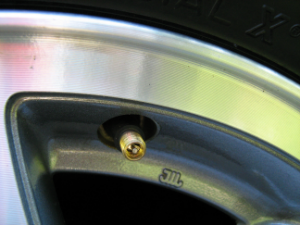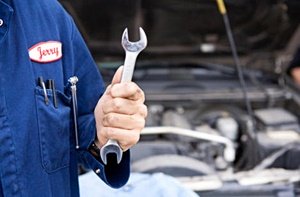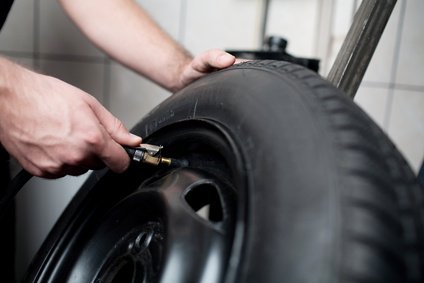Self-Inflating Tires…Soon To Be A Reality?
Driving around on underinflated tires is just a bad idea all the way around. Underinflated tires increase a car’s rolling resistance, meaning a drop in fuel efficiency since it takes more energy to move the vehicle down the road.
A single tire that’s down by ten pounds of air means a 3.3 percent drop in fuel economy…multiply that by all four tires, and you can figure on giving up ten percent of your gas mileage. The added friction and rolling resistance also means more heat is generated, and heat is the enemy of the internal structure of a tire. That heat will damage a tire to the point of failure. Studies show that underinflated tires are a full 25 percent more likely to fail, and at least half of one-car accidents involve a tire problem as a factor. And still, it’s estimated ...[more]
4 Budget Friendly Ways to Improve Mom’s Ride

Don’t Let Tire Problems Put the Brakes on Your Valentine’s Date
 Don’t let tire problems get in the way this Valentine’s day. How is your tire pressure? Do my tires need to be rotated? Is it time for an alignment? Do I need new tires? While these questions can seem daunting, with the help of tire professionals and various routine self-checks, any driver can maintain proper tire care and not miss that big date this Valentine’s Day. From tire rotations to air pressure, learning what signals might indicate tire replacement or repair is important for every vehicle owner.
Don’t let tire problems get in the way this Valentine’s day. How is your tire pressure? Do my tires need to be rotated? Is it time for an alignment? Do I need new tires? While these questions can seem daunting, with the help of tire professionals and various routine self-checks, any driver can maintain proper tire care and not miss that big date this Valentine’s Day. From tire rotations to air pressure, learning what signals might indicate tire replacement or repair is important for every vehicle owner. Invest in the Future of any Vehicle with TPMS - Tire Pressure Monitoring Systems
 As most drivers can contest firsthand, tires are not invincible. Composed from many separate layers of steel-encased rubber fabrics and durable materials, tires eventually wear down and can cause vehicle owners costly repairs or even replacement. Understanding what measures should be taken to properly maintain tires will both lengthen tire life and support vehicle functionality and longevity. Tire Pressure Monitoring Systems (TPMS) introduce revolutionary tire protection technology to constantly report on tire pressure in each tire for vehicle safety and sustainability.
As most drivers can contest firsthand, tires are not invincible. Composed from many separate layers of steel-encased rubber fabrics and durable materials, tires eventually wear down and can cause vehicle owners costly repairs or even replacement. Understanding what measures should be taken to properly maintain tires will both lengthen tire life and support vehicle functionality and longevity. Tire Pressure Monitoring Systems (TPMS) introduce revolutionary tire protection technology to constantly report on tire pressure in each tire for vehicle safety and sustainability.
Without assistance from a Tire Pressure Monitoring System (TPMS), tires become more susceptible to avoidable damages due to low tire pressure. In the United States, according to National Highway Tr ...[more]
